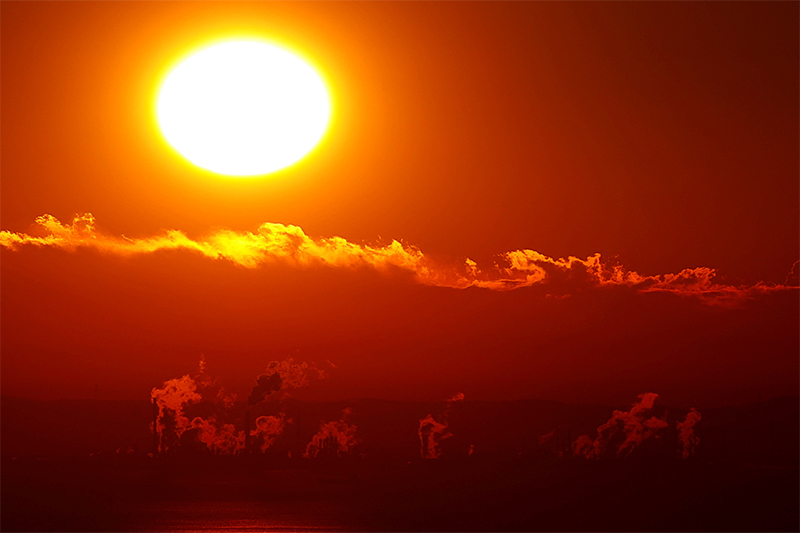In a startling turn of events, the year 2023 has entered the history books as the hottest on record, with average temperatures shattering previous benchmarks. NASA and NOAA’s comprehensive analyses revealed this unprecedented anomaly, leaving scientists worldwide astonished by the magnitude of the temperature increase.

Photo from Google
Unprecedented Temperature Leap Surpasses 2016 Records
Average temperatures in 2023 surpassed those of 2016, the previous hottest year, by a notable 0.15°C to 0.16°C (0.27°F to 0.29°F). Climate scientist Russell Vose from NOAA emphasized the significance of this leap, challenging the norms of incremental temperature records often set in hundredths of degrees Celsius.
Berkeley Earth’s report also raises concerns about the potential breach of the 1.5°C (2.7°F) warming limit set by the Paris Agreement.
Contributing to this temperature surge were factors such as an unexpected El Niño event, resulting in Pacific Ocean warming and weakened trade winds. Surprisingly, the El Niño-Southern Oscillation (ENSO) failed to predict the extent of the anomaly, leading scientists to explore additional contributors, including the impact of the Hunga Tonga-Hunga Ha’apai eruption in January 2022.
READ ALSO: NASA Funds Space Technology Concepts That Shapes Future Missions To Venus And Mars
Complexity of Global Climate System Unveiled
The 2023 temperature anomaly underscores the intricate nature of the global climate system, challenging scientists to comprehend the mechanisms behind such remarkable climatic phenomena. As an outlier, it raises questions about the unpredictability of future climatic changes and the limitations of current climate models.
Gavin Schmidt, a climate scientist at NASA’s Goddard Institute for Space Studies, emphasized the need for continued research to unravel the intricacies of the climatic behavior witnessed in 2023. Beyond astonishment, the event prompts a reevaluation of existing climate models, highlighting the urgency for international collaboration to navigate and understand the increasingly complex and unpredictable patterns shaping our planet’s climate.
READ ALSO: Revolutionary Self-Eating Rocket Tested By British Researchers Paves The Way For Cheaper Satellite Launches

















































